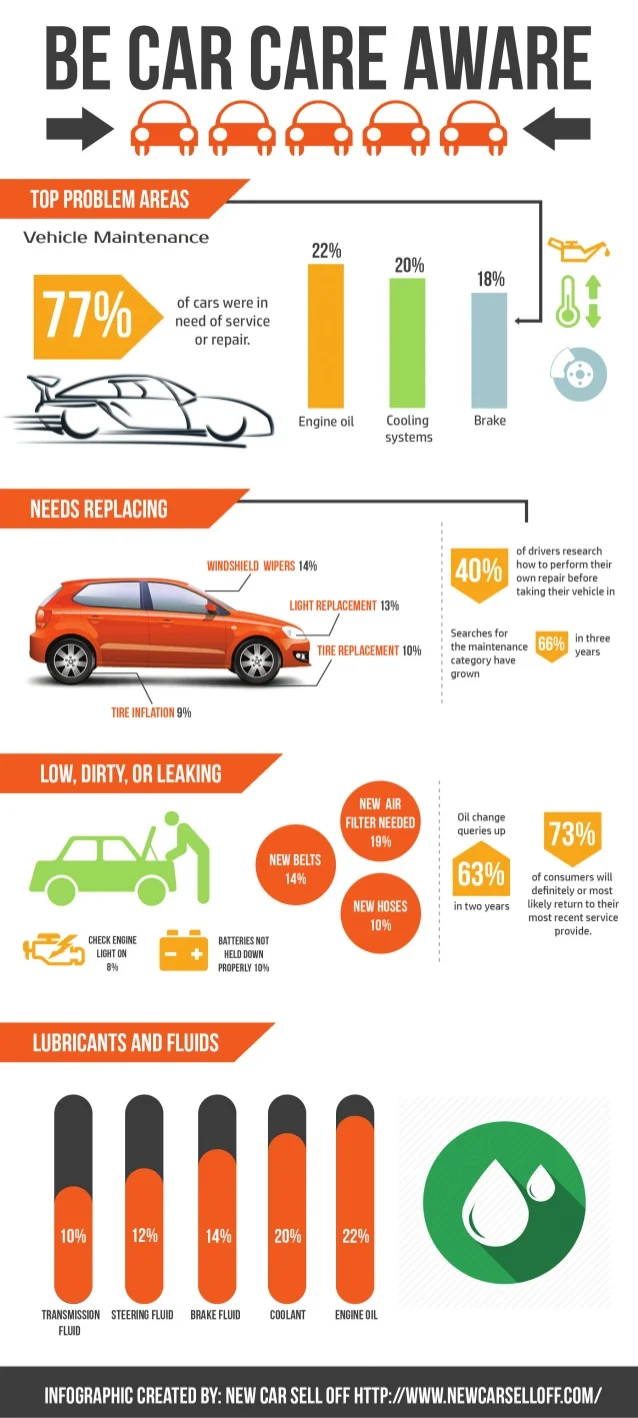Comprehending The Definition Behind Your Vehicle'S Warning Lights: A Comprehensive Look
Comprehending The Definition Behind Your Vehicle'S Warning Lights: A Comprehensive Look
Blog Article
Write-Up Author-Vinson Stark
When you're behind the wheel, those radiant warning lights on your control panel can be a little bit complicated. Do you understand what they're trying to tell you regarding your vehicle's health and wellness? Comprehending the relevance of these lights is crucial for your security and the longevity of your car. So, https://airliftperformance40627.blogsuperapp.com/31789912/insights-from-the-field-a-specialist-automobile-detailer-s-guide-to-ideal-practices of those lights appears, wouldn't you intend to decode its message precisely and take the needed steps to address it?
Common Warning Lights and Interpretations
Determine typical warning lights in your vehicle and understand their significances to make certain safe driving.
The most regular caution lights include the check engine light, which signals issues with the engine or emissions system. If this light comes on, it's crucial to have your lorry inspected quickly.
https://www.wusa9.com/article/news/local/virginia/how-to-keep-car-out-of-shop-auto-parts-shortage-virginia/65-cc292abf-63a4-46a2-80fa-988c759cc438 advising light indicates reduced oil pressure, calling for instant attention to stop engine damage.
A flashing battery light might recommend a damaged billing system, potentially leaving you stranded if not addressed.
The tire pressure tracking system (TPMS) light signals you to low tire stress, influencing lorry stability and fuel effectiveness. Disregarding this might cause harmful driving conditions.
The abdominal muscle light indicates an issue with the anti-lock braking system, endangering your capability to quit swiftly in emergency situations.
Finally, the coolant temperature alerting light warns of engine getting too hot, which can lead to severe damages otherwise solved swiftly.
Comprehending these usual warning lights will certainly aid you attend to issues without delay and keep risk-free driving problems.
Importance of Prompt Focus
Comprehending the typical caution lights in your vehicle is only the very first step; the value of quickly attending to these cautions can't be stressed sufficient to guarantee your safety when driving.
When a warning light illuminates on your dashboard, it's your auto's method of communicating a potential concern that requires interest. Ignoring these cautions can bring about much more extreme troubles later on, jeopardizing your security and potentially costing you extra out of commission.
Prompt attention to warning lights can stop breakdowns and crashes. For instance, a flashing check engine light could show a misfire that, if left unattended, can trigger damages to the catalytic converter. Resolving this quickly can conserve you from a pricey repair.
Likewise, a brake system warning light may signify reduced brake liquid or used brake pads, vital components for your security when driving.
DIY Troubleshooting Tips
If you discover a warning light on your control panel, there are a few do it yourself troubleshooting pointers you can try before looking for specialist aid.
The initial step is to consult your auto's handbook to comprehend what the details caution light indicates. In some cases the problem can be as straightforward as a loose gas cap activating the check engine light. Tightening the gas cap might solve the issue.
Another typical problem is a reduced battery, which can cause numerous warning lights. Checking the battery connections for deterioration and ensuring they're secure could take care of the problem.
If a caution light persists, you can try resetting it by disconnecting the auto's battery for a few minutes and then reconnecting it. Furthermore, examining your automobile's fluid levels, such as oil, coolant, and brake liquid, can aid repair advising lights associated with these systems.
Final thought
To conclude, recognizing your automobile's warning lights is crucial for maintaining your car running smoothly and securely. By immediately dealing with these informs and recognizing what they suggest, you can avoid costly fixings and prospective failures.
Keep in mind to consult your auto's handbook for particular information on each alerting light and act as necessary to make sure a trouble-free driving experience.
Stay educated, stay safe on the road!
